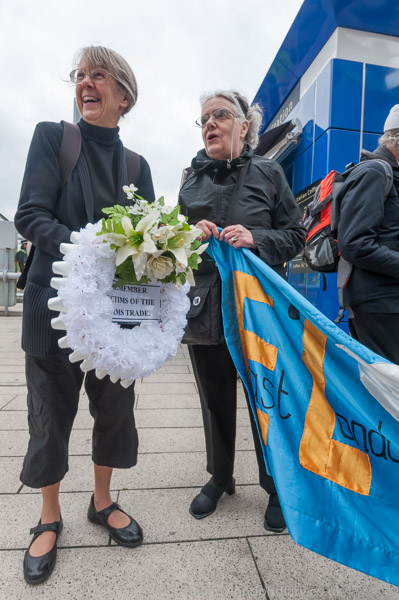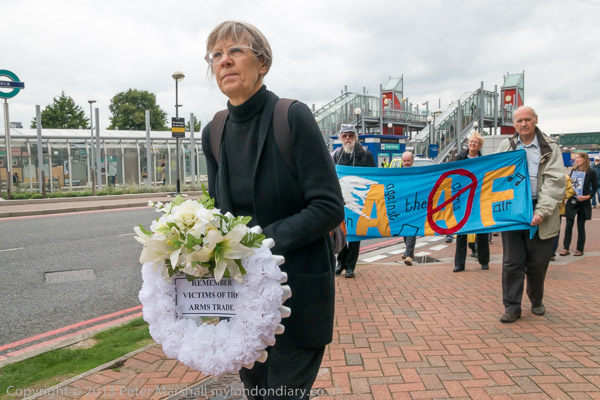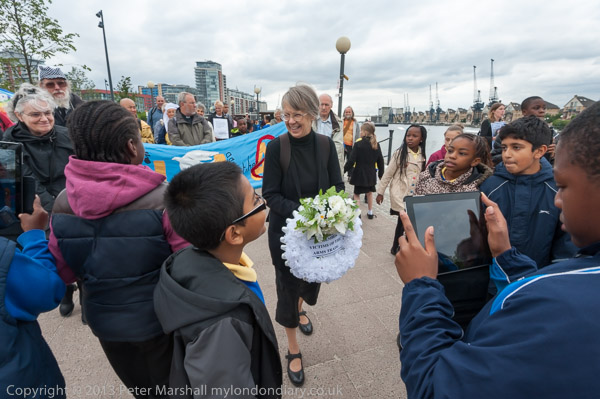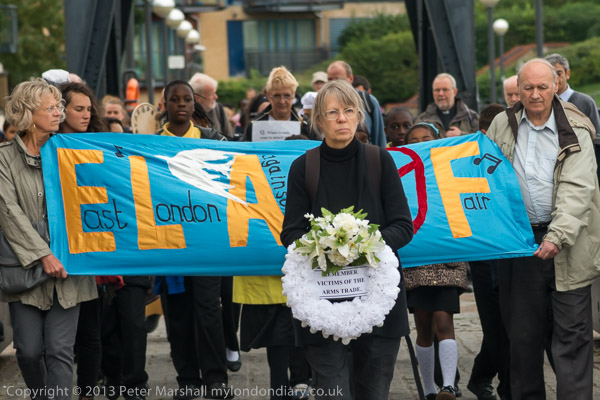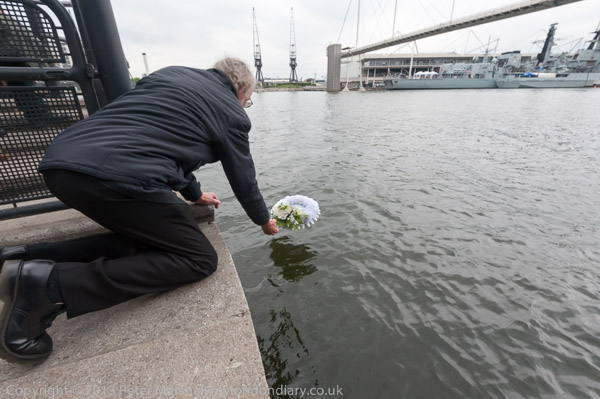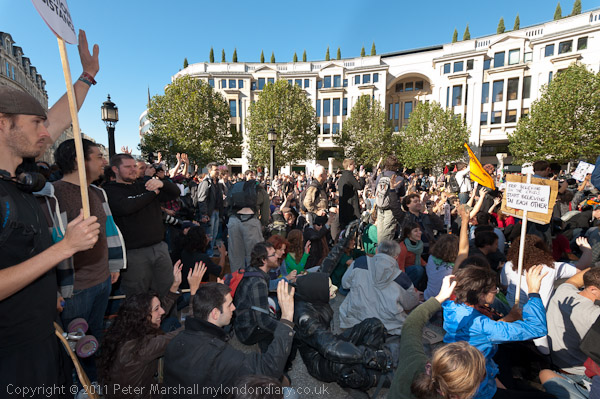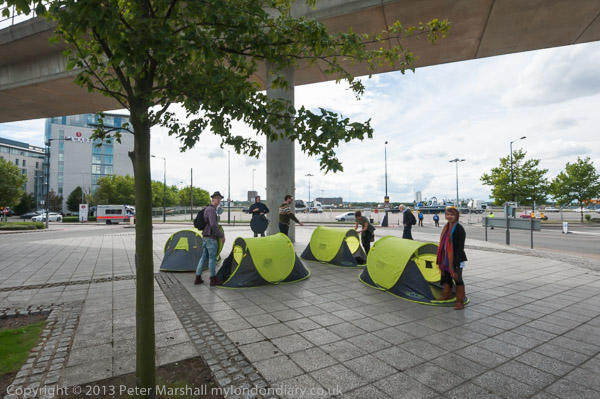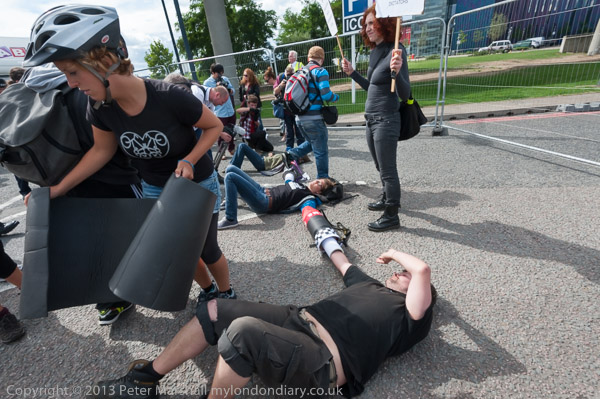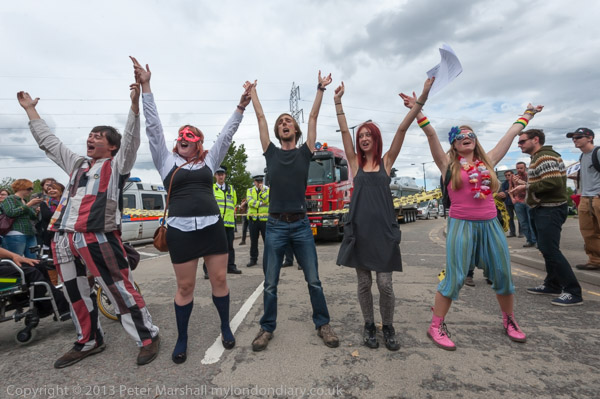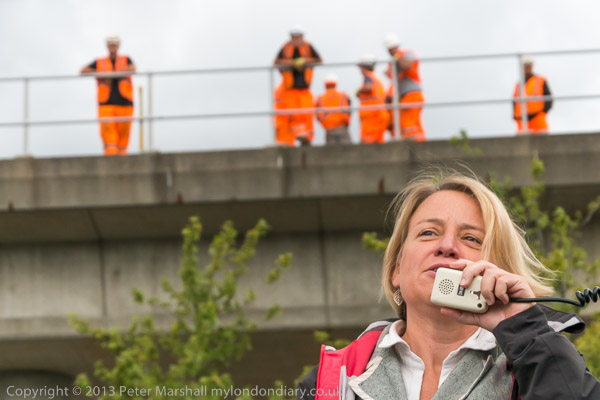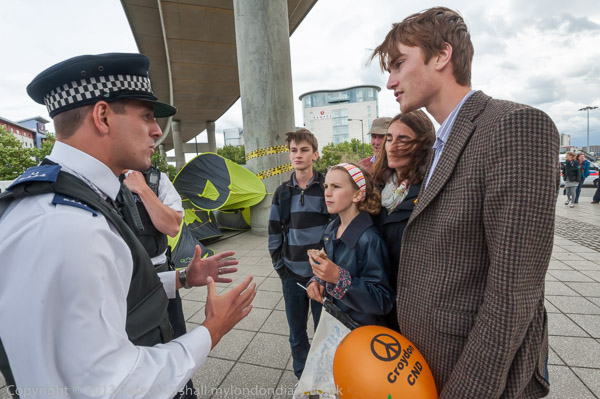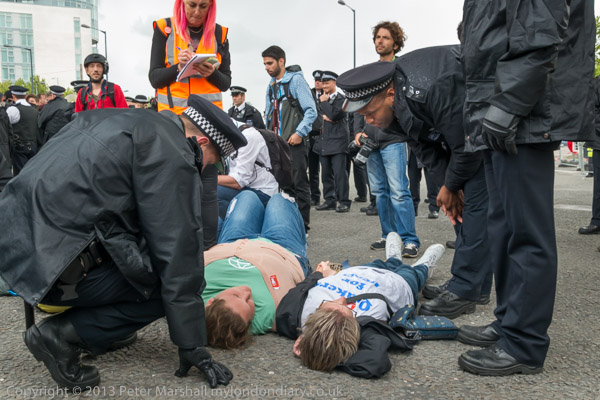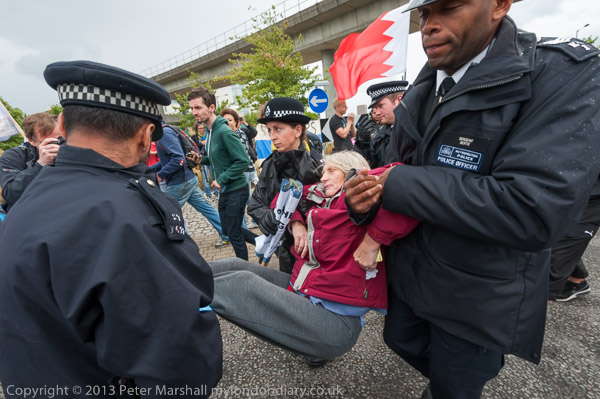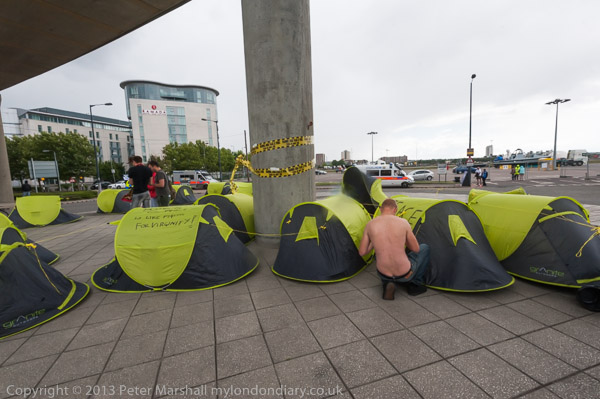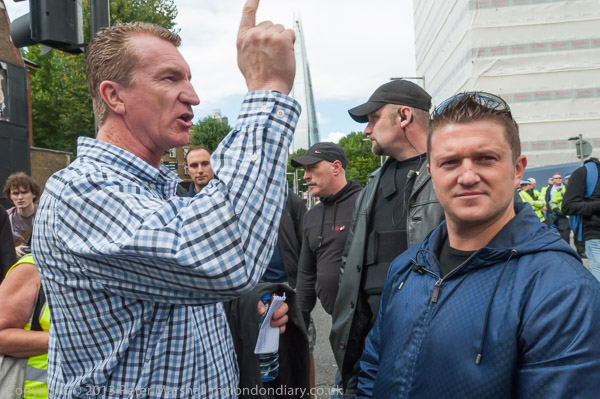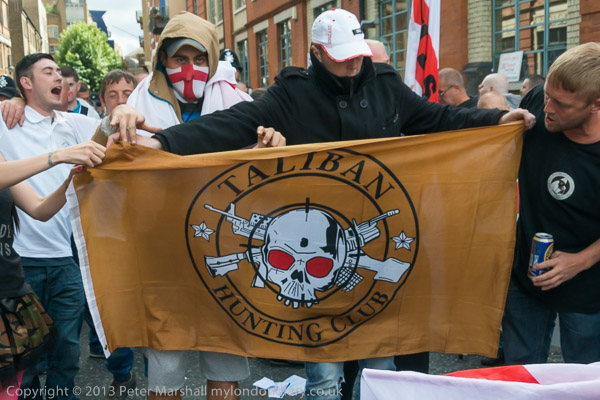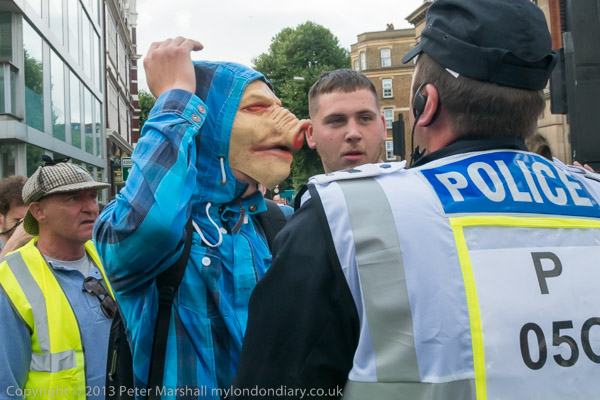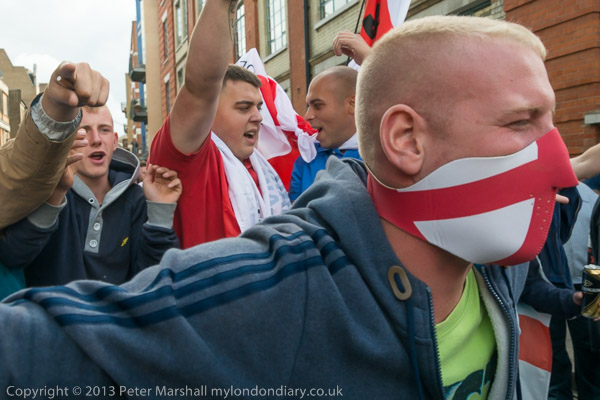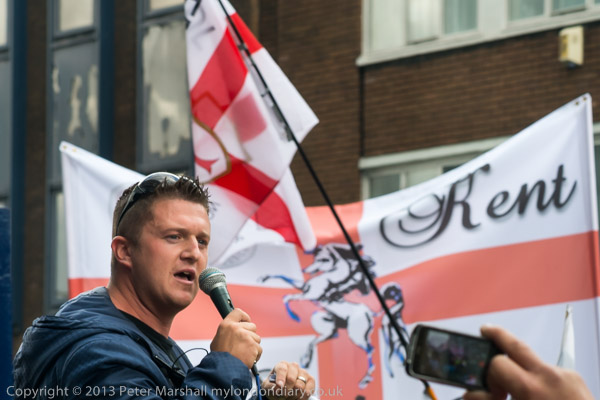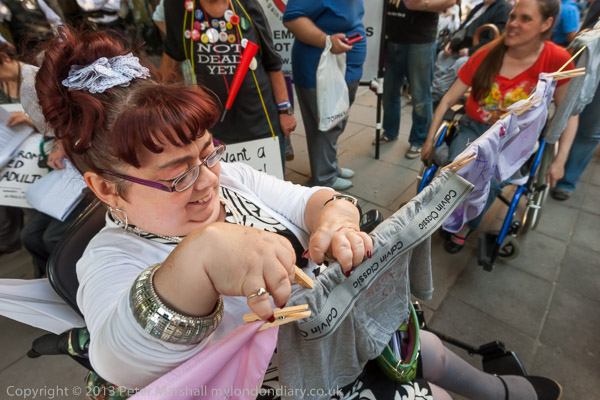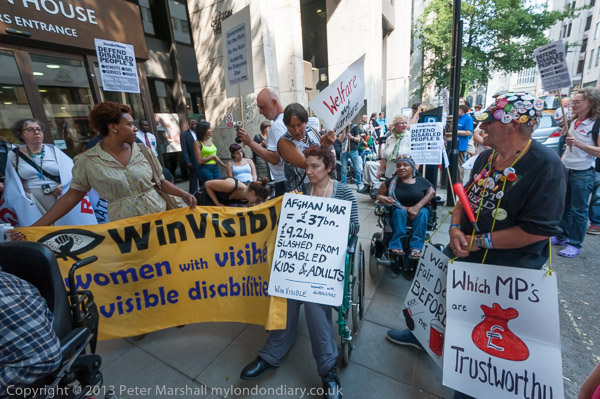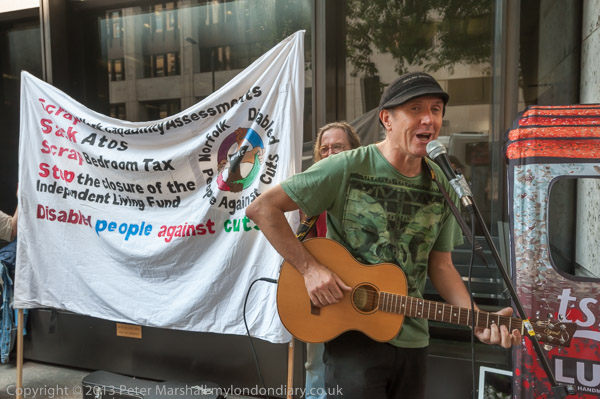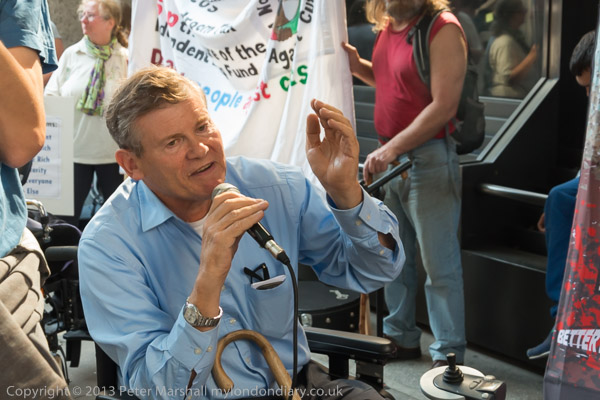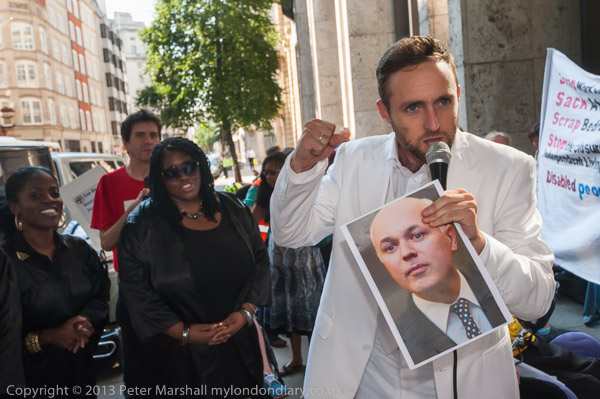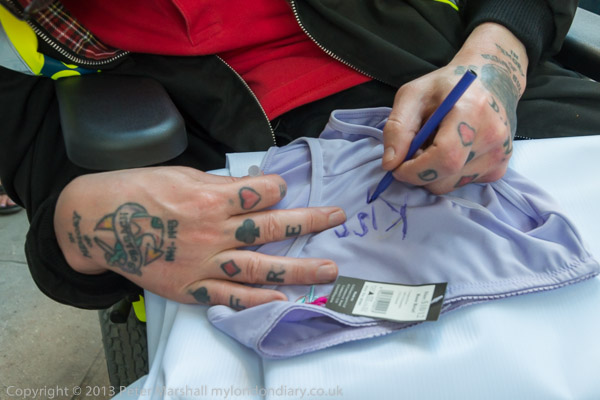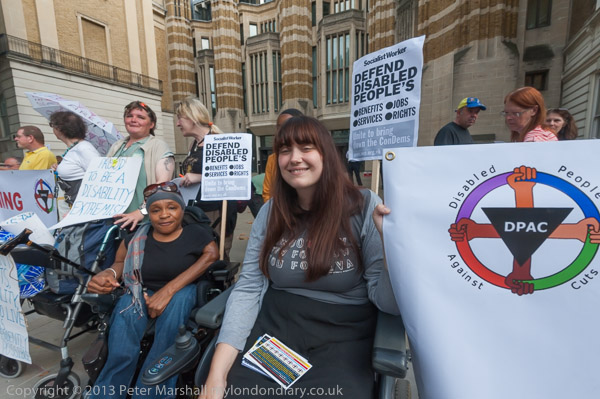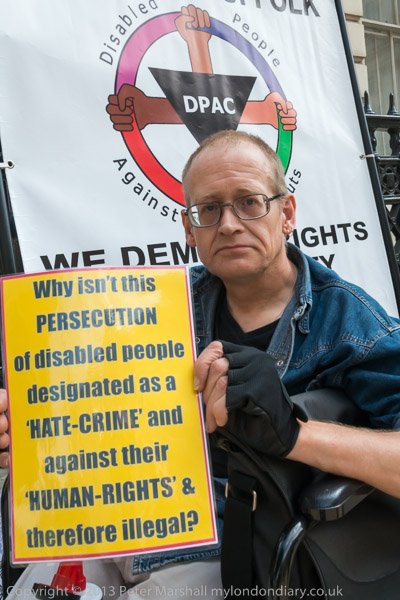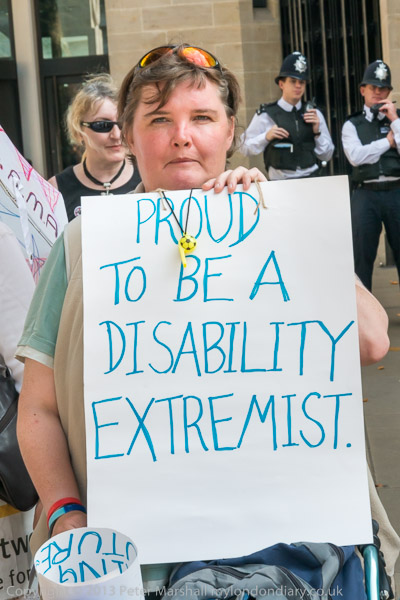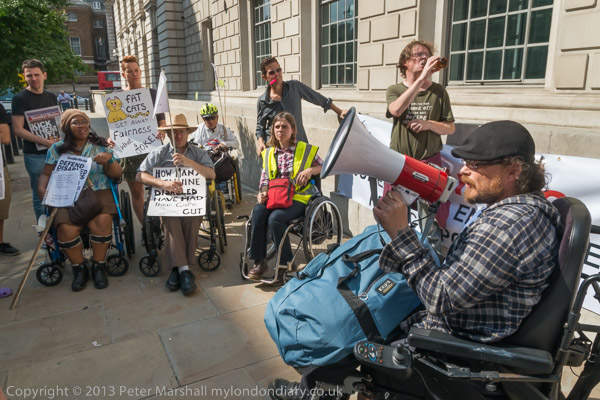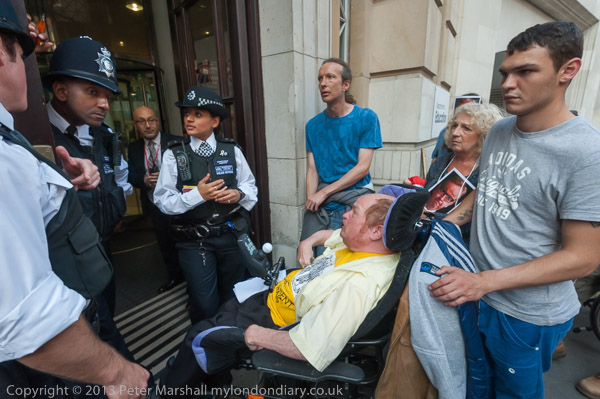Only in England: Photographs bv Tony Ray-Jones & Martin Parr
Media Space, Science Museum, London 21 Sept 2013 -16 March 2014
National Media Museum, Bradford, 22 March 2014-29 June 2014
Admission £8, Concessions £5
It’s taken me a while to get around to writing this review since I went to see the show a week ago, mainly because I’ve been away from home, and although I had a notebook as well as a real notebook with the ten sides of notes I took at the Science Museum, I didn’t have with me the three books and various magazines containing work by Tony Ray-Jones (TRJ) for reference.
First let me say that anyone with the slightest interest in photography who is going to be near London in the next 5 months should visit this show at least once – and give yourself a couple of hours to do so. It really is one of the most significant shows of photography here in the UK for some years. If you don’t already know the work of TRJ (see my Tony Ray-Jones Discovered Yet Again), then you are obviously very new to photography, and it will be a revelation, and if you do know his work, you probably will not need my urging to make you want to see a large number of vintage prints again, though I think you may probably learn little new about him. But for all who were not around in photography in the 1970s, the black and white work by Martin Parr may come as something of a surprise, and it was certainly good to see his pictures from ‘The Nonconformists‘ again.
Although the two photographers both concerned themselves with ‘the English’ their approaches were very different. TRJ’s view was essentially ironic and surreal, witty and superbly framed, very much about the image rather than the subject, while Parr’s was documentary, concerned and often reverential, even loving. Their very different visions overlap in a few of the pictures in this show, but it was only perhaps in other projects and his colour work in the early 1980s that Parr really developed a kind of amused detachment towards the subject that perhaps derived from TRJ. TRJ was perhaps more interested in general themes, rather as his friend, photographer John Benton-Harris, styles himself, a visual sociologist, while Parr concentrates on the individuals and there eccentricities, a very English obsession.
The wall text states that all of the images in the first section of the show – the work that TRJ himself selected for exhibition and publication – was actually printed by the photographer. I rather doubt this to be the case, having listened to some of those who knew him – and at least one who printed his work both before and after his tragically young demise. There are stories – some in the show – which suggest that he was a skilled printer, but this hardly fits some of what I’ve been told. His time in the USA will have introduced him to the rather different attitudes to photographic printing there compared to the generally unsophisticated methods taught in the UK at that time. For many of us, texts like the Ansel Adams Basic Photo series ‘The Print’ came as something of a revelation.
What I think is true is that TRJ had a very good idea of what he wanted his prints to look like, and probably suffered a great deal of frustration in trying to get them so. Although I’d defer to those closer to the photographer, my guess on looking at the Media Space show would be that around half were made by him. Those we can certainly be sure of are the five images from his 1969 ICA show from Martin Parr’s collection. It’s perhaps a pity that an effort was not made to locate more of the images from this show for the current exhibition – I would certainly have been willing to lend the one I own. I don’t know how closely the selection for the Media Space show follows the photographer’s own selections, either for that show or his book dummies, but clearly all those in this first section of the exhibition were images that the photographer himself had selected as successfully representing his intentions.
Comparing the five ICA show prints with both the other prints in the show from the same negative and with the printing of other photographs does indicate some subtle differences, but clearly most but not quite all have been made with similar intentions, if not by the photographer himself by others responsive to his requirements. But I think TRJ would have been even more pleased with the prints made for ‘The English‘ at the National Museum of Photography, Film and Television at Bradford in 2004, and the reproductions in the accompanying book by Russell Roberts, ‘Tony Ray-Jones’ (Chris Boot Ltd, 2004) which I think are the best published versions of most of his work. Unfortunately if you haven’t already got a copy this is now advertised on Amazon at over $5,000! Though diligent searching may find a rather cheaper copy.
The remaining prints in the show, both by Parr and those selected from TRJ’s contact prints by Parr, were larger pigment inkjet prints (or as the labels rather confusingly call them, pigment prints.) Parr’s own work may come as a surprise to those who missed the Camerawork show in 1981 or the various publications in magazines at that time about his work. I’ve always regarded The Nonconformists – along with other black and white projects including his ‘Beauty Spots‘, shown at the Photographers’ Gallery in London in the mid-70s, as some of his more interesting work. It is perhaps a little surprising to see The Non-Conformists chosen in preference to Beauty Spots for this show, as the latter work shows very much more clearly the influence on the younger photographer of the work of TRJ. Perhaps it was felt to be too clear and the comparison not always flattering!
But Parr’s work in The Non-Conformists, if perhaps closer to the traditional British social documentary tradition is still an impressive body of work, and well worth showing, with some fine portraiture as well as some of the better-known images such as the storm hitting the tables of a Leeds street party of the figures sitting on the terrace of Halifax Rugby League ground, covered with grass or the plate filling at the Mayor of Todmorden’s inaugural banquet. There is a strength of feeling, a humanity, about most of these images which seems absent in much of Parr’s later work.
There are pictures that I imagine TRJ would have appreciated – for example of a cow watching and being watched as the Congregation make their way to Crimsworth Dean Chapel Anniversary. And the buffet lunch at Steep Lane Baptist did remind me a little of TRJ’s very different Blackpool picnickers from 1967 surrounded by their paraphernalia but keeping very much apart on the front under an image of an idyllic couple entwined in a rural tableaux.
The inkjet printing and the relatively large scale of the prints I think enhances the work, bringing out more detail than I remember. Good injket prints like these can often allow greater subtlety than was possible in the darkroom days. And of course the pigment inks are generally far more stable than silver. Making silver gelatine prints has perhaps become more of an affectation than an aesthetic choice now.
For me the least satisfying and most problematic aspect of the show were the 50 ‘new’ pictures selected by Parr from the 2700 contact sheets in the TRJ archive (around 90,000 images.) As the wall text says “Parr did not attempt to reproduce Ray-Jones’s selection process but instead reconsidered the work with the benefit of over 40 years’ experience as a photographer, collector and curator.”
There are photographers and collections of work for which such a process is necessary or even possibly desirable, but I remain unconvinced that the relatively small opus of TRJ, which was very intensively studied by the photographer himself is one. What we can be sure of is that every image in this part of the show is one that the photographer himself considered and rejected. His standards were exacting – and these images did not live up to them. I felt there were perhaps half a dozen that perhaps added something to his reputation, but the majority told us what we already know and his contact sheets on display in the exhibition show. Like many photographers, he worked hard to get his pictures exactly as he wanted them – and that like the rest of us, even the best of photographers mainly fail. We should celebrate his many successes rather than dwell on the others.
As a further text tells us “The prints are larger than those made by Ray-Jones, reflecting Parr’s aesthetic preferences, while retaining the tonal range and detail that Ray-Jones sought in his own printing.” To give some figures, the TRJ prints are generally between around 8×6″ and 12×8″ and those made by Parr either 16×11 or 20″x13″ (though I didn’t have a ruler with me.) In terms of tonality, the new prints seemed very different to me from those by TRJ, much lighter and more open, and the attempt to match them seems to have been a fairly total failure.
The vintage prints in the show are small and intense, images that work well on a relatively intimate scale. Most of the ‘new’ work seems to me less interesting both because of its content – it lacks the incisiveness of the best images by TRJ – and also because of its presentation. This is an exercise that I feel reflects badly on him and also on what 40 years have taught Parr.
Even if what we are seeing is not the photographer’s best work, and perhaps rather poorly presented it still retains some interest if just as a larger version of a few frames of his contacts, though I did rather wonder if TRJ might at least be shifting uneasily in his grave. Like his earlier colour work which is also being published in a book, and the contact prints it may provide some insight into how he worked, but is not the work by which he felt he should be remembered.
So while this is a show not to be missed, with fine work by both Ray-Jones and Parr, it is not without its defects – and there are a few small clangers such as the reference to the photographer ‘Robert Kappa‘ and ‘the seasons‘ rather than ‘the season‘ (i.e. the ‘London ‘ season rather than the time of year) but it is great to see some of the fine collection of the National Media Museum on display in London as the first show in the Media Space. This aims to “showcase the National Photography Collection from the National Media Museum through a series of major exhibitions” and I look forward to seeing more. Though it would be better to have rather shorter shows and more of them than the almost six months of this show. For Londoners, Bradford was very much a move too far – it’s cheaper and quicker to get to Paris.
